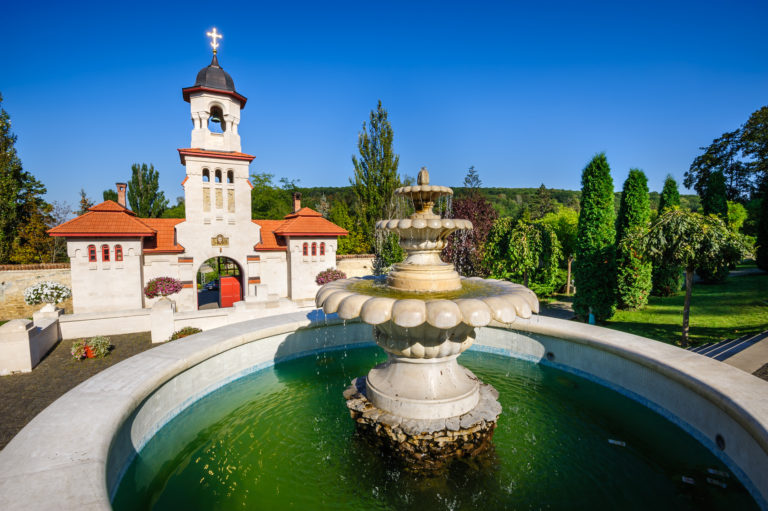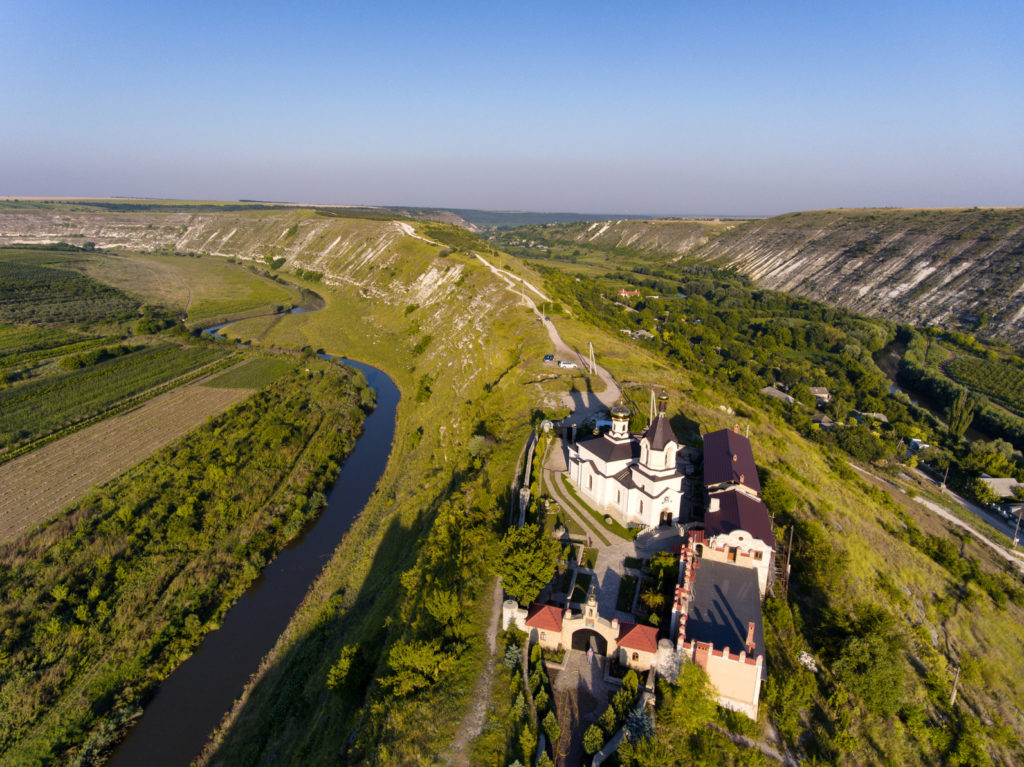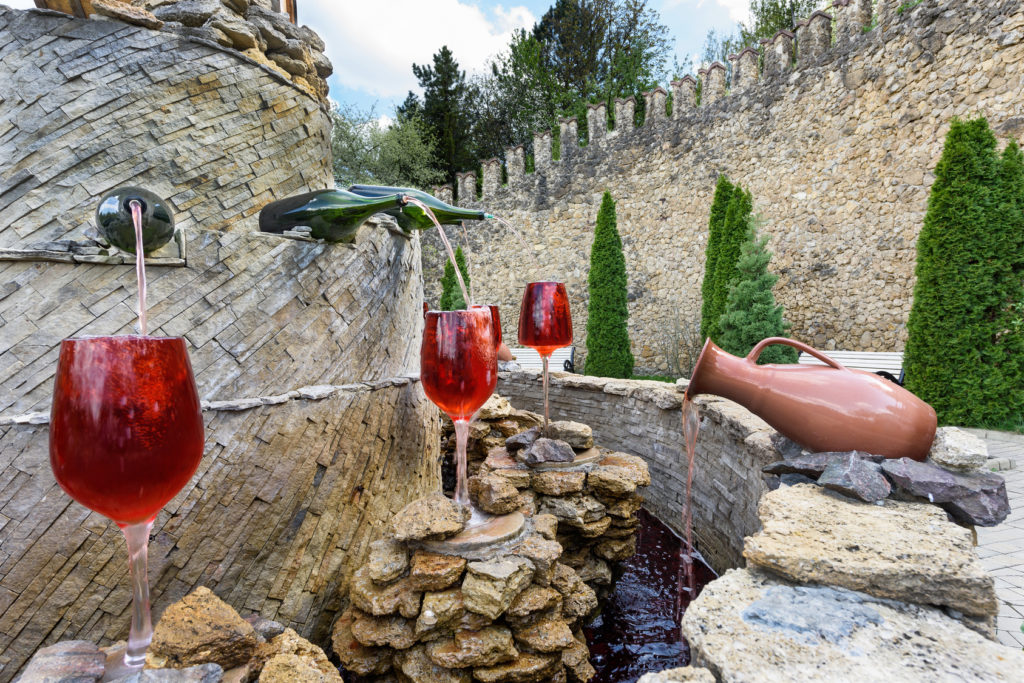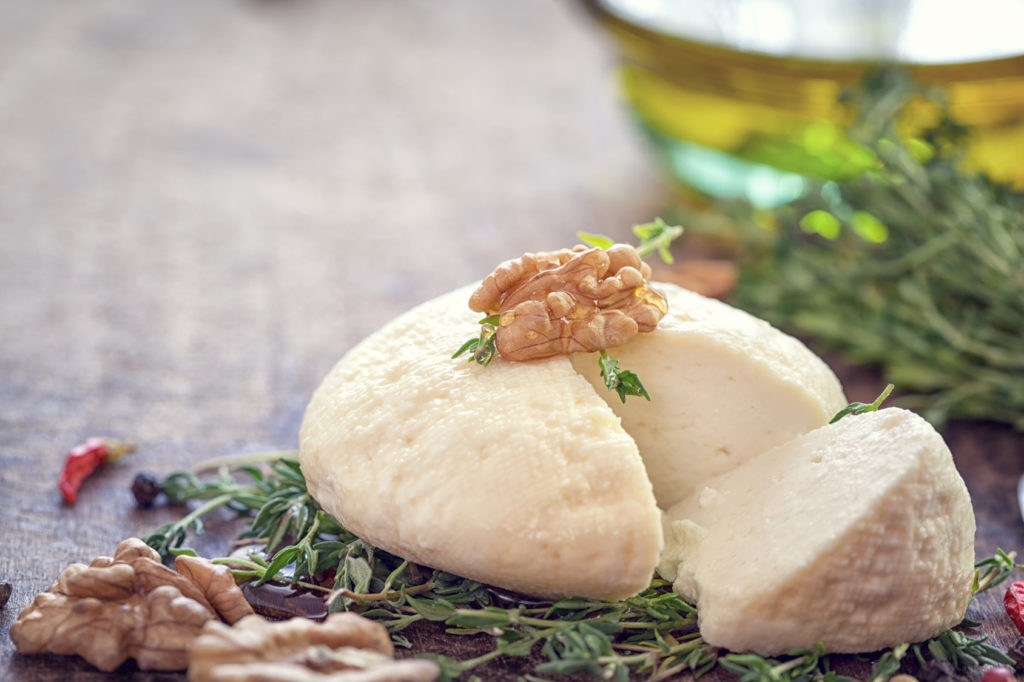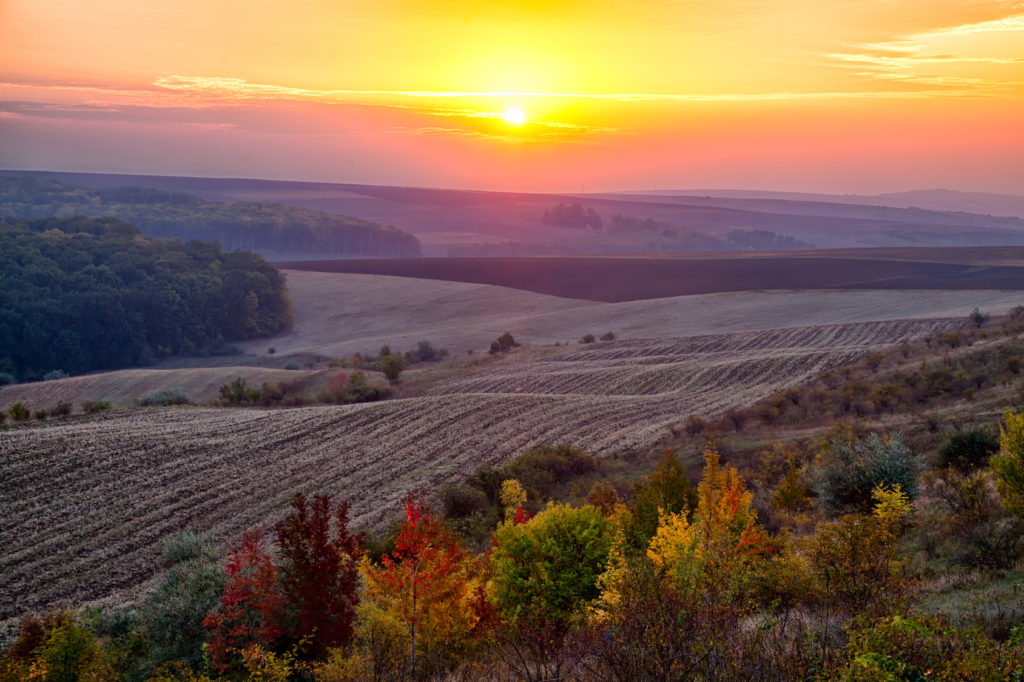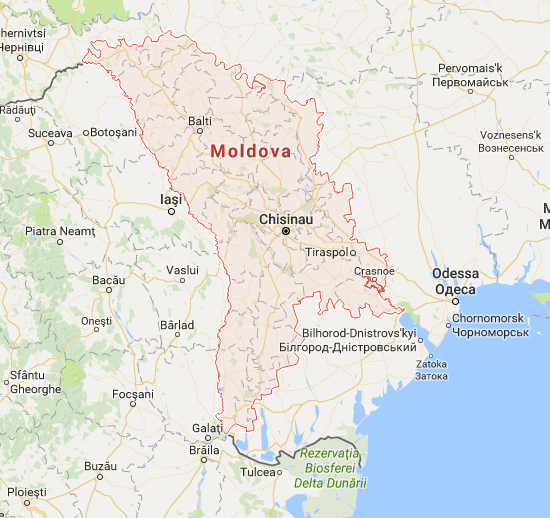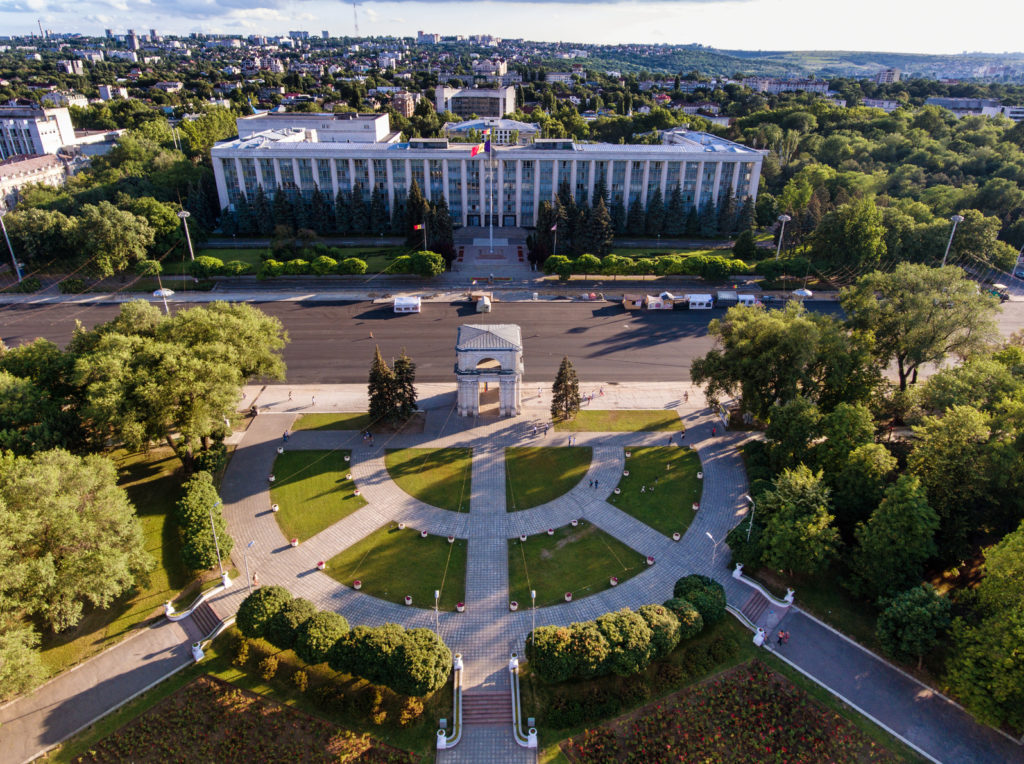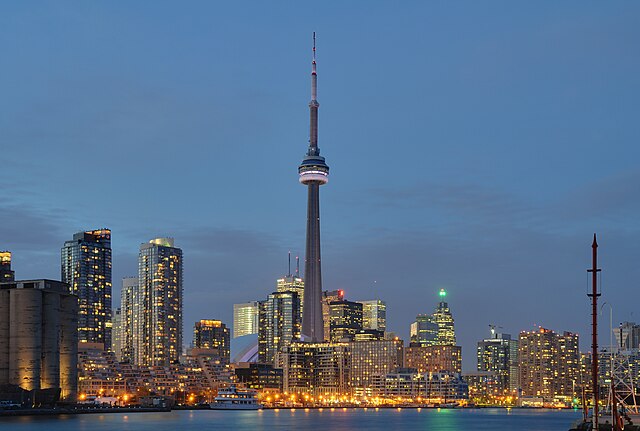Introduction
Landlocked between Romania and Ukraine, Moldova is regarded as “off the beaten path” and is one of the least-visited countries in Europe. Despite this, Moldova has an unmistakable charm thanks to its beautiful countryside, remote location, and agrarian landscape (agriculture is crucial to its economy). It produces some of the finest wines in all of Europe, ensuring that the wine-tourism industry is thriving here. If you find yourself in Moldova, touring the wineries is a must.
The capital city, Chişinău, may not have the glamour of other major European capitals, but it does have a great ambience and plenty of bars, restaurants and shops to keep any tourist entertained. There are also many unique cultural activities and sights to see.
Like many Eastern European countries, the former grip of the Soviet Union can still be felt throughout Moldova. This is particularly true on the east bank of the river Dniester, which is a separatist and Russian-speaking self-proclaimed republic called Transdniester. Tensions remain high between Moldova and the breakaway territory following the dissolution of the USSR.
Although tourism is not thriving and it is a poor nation, Moldova is a beautiful country with a pleasant climate and was once known as “The Garden of the Soviet Union”. With this in mind, Moldova is a excellent place to visit for those seeking an experience a little out of the ordinary.
What to Do
Chişinău has many great cultural activities and a unique atmosphere to soak up. Exploring the parks, squares, churches, bars and restaurants will keep you entertained and allow you to understand this unique capital city.
There are dozens of terrific museums in Chişinău, but perhaps the best is the National Archaeology & History Museum near Parcul Cathedral. Here you will find Soviet-era weaponry, Golden Horde coins and other fascinating archaeological artefacts from the Orheiul Vechi region. This is a unique and historical complex north-east of Chişinău with vestiges of ancient civilisations. Orheiul Vechi itself is worth a visit and here you will find many breathtaking and intriguing sights.
There are dozens of wonderful wineries to explore where you can taste some of Europe’s finest wines, with Milestii Mici in the capital being one which is always highly rated by tourists.
The countryside is where you will find many remote and picturesque villages, including Saharna and Ivancea. There are also places to explore where you can learn about Moldova’s history, with Bendery still showing signs of the civil war from 1992 following the collapse of the Soviet Union. Tiraspol, near the Ukrainian border and the other side of the river Dniester, remains unchanged with Soviet architecture, armoured tanks and statues of Lenin and Alexander Suvorov.
Local Cuisine
Thanks to the many different cultures which have inhabited Moldova throughout history (including Russians, Greeks, German and Ukrainians), the cuisine here is extremely varied.
The country’s strong agriculture also plays a key role, with grapes, fruits, vegetables, poultry farming and sheep breeding all featuring heavily in dishes. Brynze (goat cheese) is extremely popular and is used both to prepare meals and as an appetiser.
Beef, pork, chicken, mutton and fish are all common for main courses and these are usually cooked with plenty of vegetables, fruit and wine. For dessert, stuffed pies and different fruits are commonplace. Confectionery items, including cookies and cakes, are often prepared with local wine (Moldovan halva and nut nougat are highly recommended).
Climate
Moldova features a moderately continental climate and enjoys plenty of sunshine thanks to its proximity to the Black Sea. Summers are long and warm; with July and August averaging around 26C. Winters are relatively mild and dry, with October seeing the heaviest rainfall and occasional heavy showers and thunderstorms.
Such a pleasant climate makes Moldova a great place to visit for those seeking sun, with May through to September being reliable for great conditions.
How to Get There
Moldova is a small country and features just two main airports. The majority of travellers fly into the capital, Chişinău (KIV) airport, which is the major international airport of the country. This is located 13km south-east of the city. It is frequented by a handful of airlines and can be reached from the major UK airports. Alternatively, Bălți airport is found in the north-west region of Moldova.
For a quick and easy onwards journey from the airport to your hotel or any other area of interest, it is worth booking a private or shared transfer with Shuttle Direct.
Travelling to Moldova? Don’t Miss…
- Cojusna – Located just outside the capital, Cojusna is one of the many great wine towns in Moldova. The relaxed environment, friendly and interesting tours, low prices and convenient location make this a must visit. Wine plays a huge part in Moldova’s culture and economy, with this being the best place to indulge in a glass or two.
- Chişinău – A stroll through the city centre is a must whilst in Moldova, as this is the best way to understand the heart of the land and take in stunning architecture. Other key highlights in the capital include Cathedral Park, Nativity Cathedral and the Presidential Palace.
- Saharna – Just an hour outside of the capital, Saharna is the perfect place to come for some relaxation and to escape the vibrant atmosphere of Chişinău. The scenic village is surrounded by beautiful natural scenery, including thick forests and waterfalls. The famous monastery is a must visit and contributes to the calming atmosphere in this region.
About Shuttle Direct
Shuttle Direct is the largest provider of pre-booked transfers in all of Europe. They provide a reliable and efficient service to and from airports, cruise ports, train stations, hotels and other places of interest and can accommodate all ranges of groups and budgets.
Book your shared or private transfer with Shuttle Direct today and let their expert team handle the logistics of your journey.

